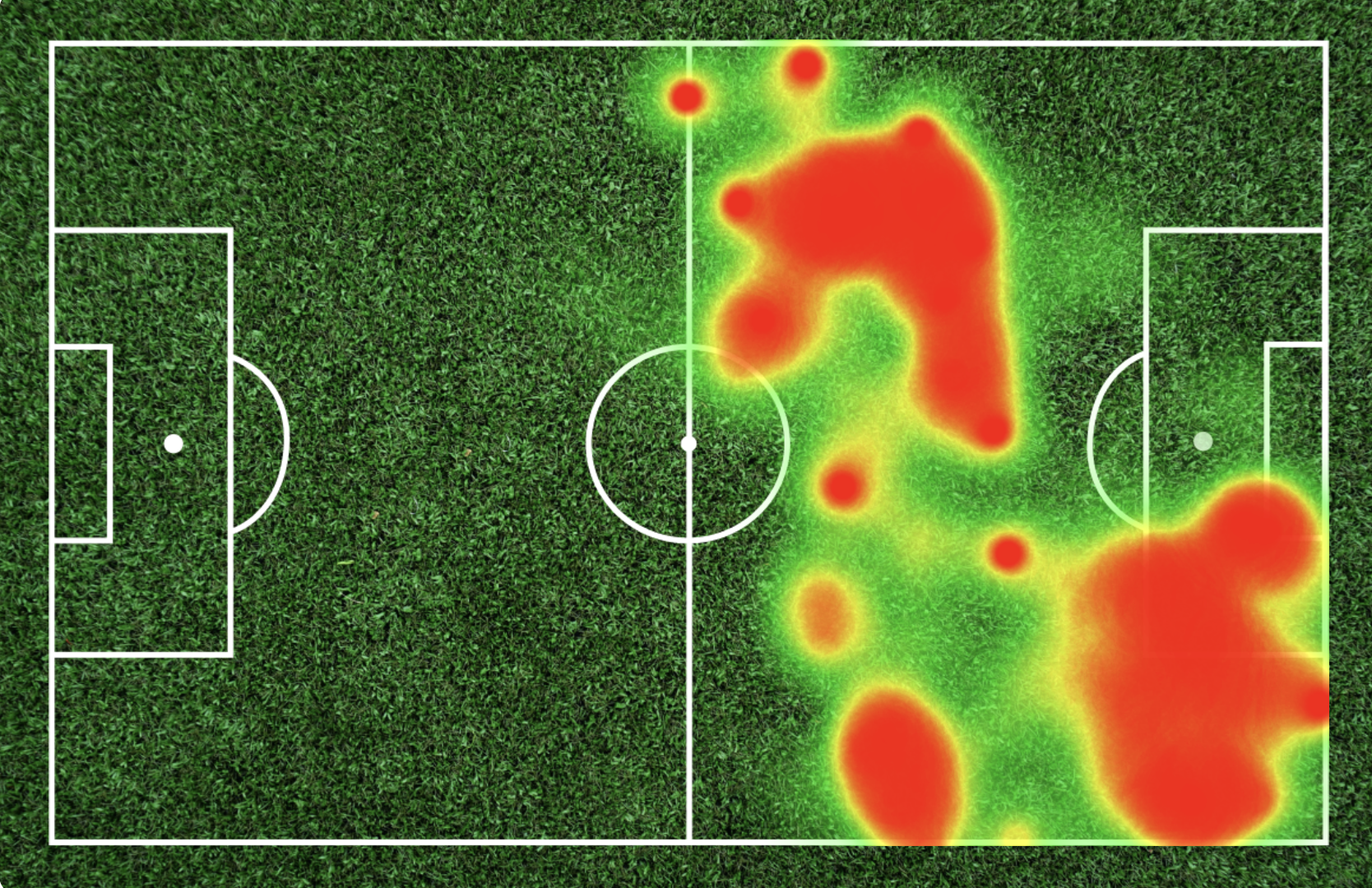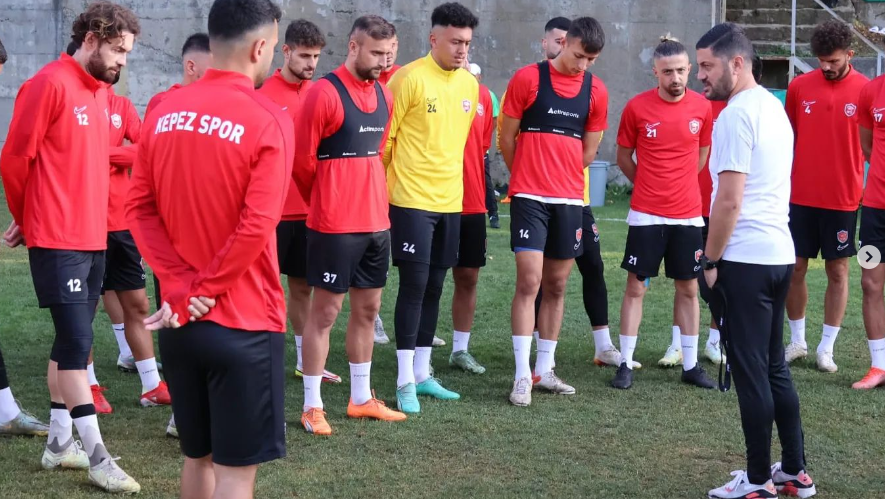Introduction
Football is a game of movement, strategy, and positioning. With the rise of data analytics, teams are leveraging heatmaps to gain deeper insights into player positioning, ball movement, and tactical patterns. Heatmaps provide a visual representation of key data points, allowing coaches and analysts to make informed decisions that enhance team performance.
What Are Heatmaps in Football?
A heatmap is a graphical representation of data where values are depicted by varying colors. In football, heatmaps illustrate:
- Player movement and positioning during a match
- Areas of high and low activity
- Ball possession zones
- Tactical patterns and pressing intensity
These insights help teams analyze performance and make strategic adjustments in real time.
Key Uses of Heatmaps in Football
1. Player Performance Analysis
Heatmaps provide valuable insights into an individual player’s movement and involvement in different areas of the pitch. Coaches can assess:
- How much ground a player covers
- Preferred attacking and defensive zones
- Whether a player maintains positional discipline
2. Tactical Evaluation
Heatmaps allow teams to analyze their own playing style and opposition tactics. They help in:
- Understanding pressing intensity
- Identifying defensive vulnerabilities
- Assessing midfield control and passing lanes
3. Positional Awareness & Formation Adjustments
By studying heatmaps, teams can adjust their formations based on:
- Areas where they are overloading or lacking coverage
- Effectiveness of specific formations (e.g., 4-3-3 vs. 3-5-2)
- Space utilization in different phases of the game
4. Opponent Scouting
Teams use heatmaps to study their opponents’ playstyle, strengths, and weaknesses. This helps in:
- Identifying key players and their influence on the game
- Finding patterns in passing networks
- Preparing targeted defensive or offensive strategies
5. Injury Prevention and Load Management
Heatmaps also help in tracking player workload, identifying high-intensity movement zones, and ensuring that players do not overexert themselves in a particular area of the pitch.
How Teams Utilize Heatmap Data
Real-Time Adjustments
- Coaches use live heatmap data to tweak in-game tactics.
- Adjusting player roles based on ball movement and opponent weaknesses.
Post-Match Analysis
- Reviewing heatmaps to assess performance trends.
- Identifying gaps in defensive and midfield coverage.
Training Optimization
- Customizing training drills to address positional inefficiencies.
- Improving transition play based on movement patterns.
Conclusion
Heatmaps have become an indispensable tool in modern football, providing real-time insights into player performance, tactical efficiency, and opposition analysis. By integrating heatmap technology into their analysis, teams can make smarter decisions, enhance training strategies, and gain a competitive edge.



